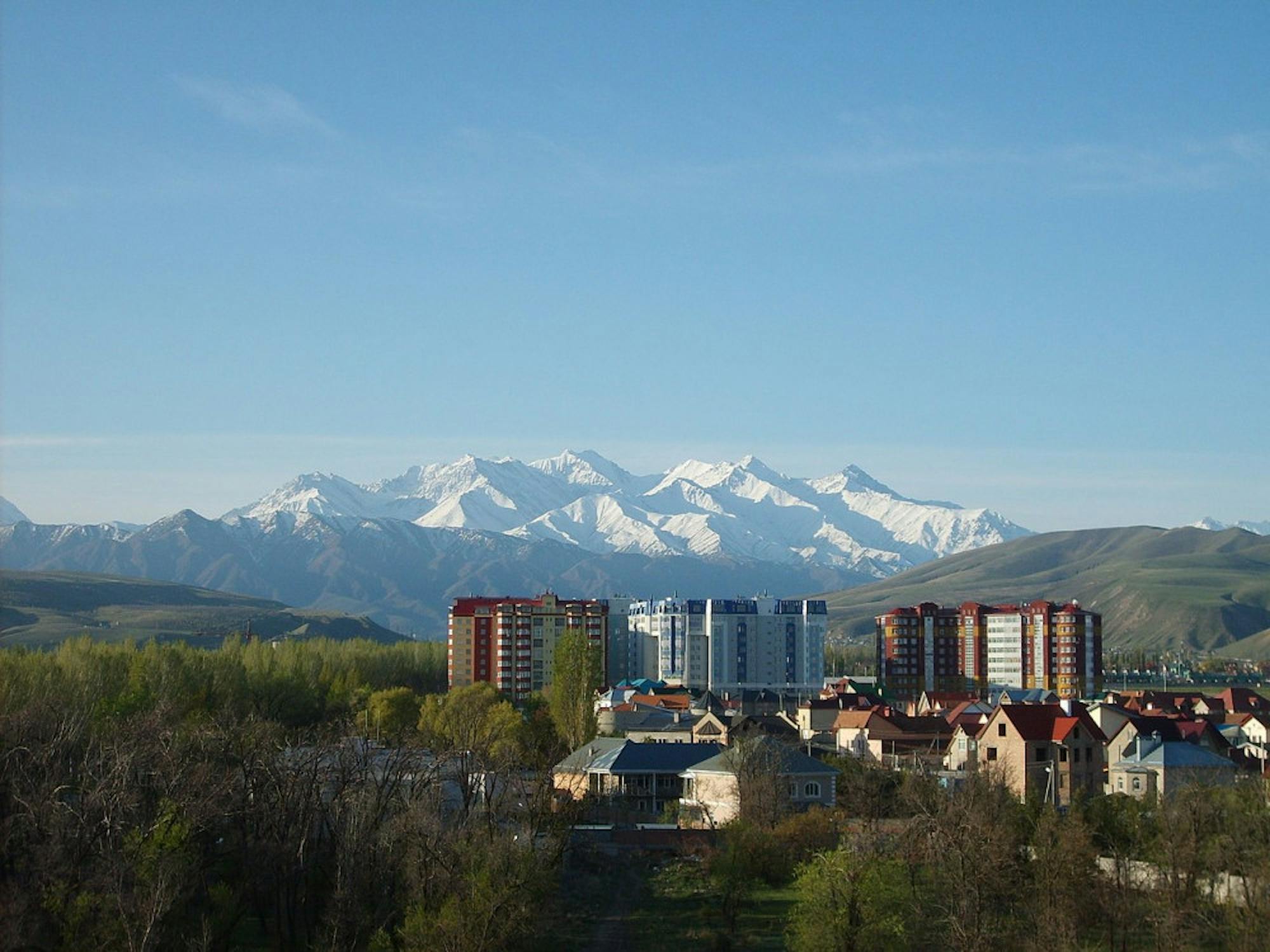Summers in my hometown of Bishkek, Kyrgyzstan harbor joyous memories of playing under the sun with my friends and traveling with my family to our favorite vacation spot: Issyk Kul. Winters, however, have always been dreadful. It is not because of the lack of warmth and sunshine but rather due to the deadly smog that devours the entire city and keeps all its inhabitants suffocated by pollution and persistent darkness.
In numerous Central Asian cities, the legacy of Soviet urban planning — with its large concentration of heavy industry plants, poverty and inadequate governmental regulations — has led to winter smog. Central Asian cities rely heavily on fossil fuels, such as coal, to heat their homes due to the lack of affordable alternatives. Residents from the disadvantaged outskirts of Bishkek even turn to burning household waste, such as textiles, to survive the cold winters.
Exhaust emissions are another contributor to air pollution. Bishkek, a city designed for at most 50,000 cars, currently has 420,000 cars registered. In Kyrgyzstan, our immense, beautiful mountains are our pride. However, during the winter, they trap the pollution, creating even larger concentrations of smog in the valleys.
Bishkek has consistently scored some of the worst ratings in the World Air Quality Index, indicating that it is among the cities in the world with the worst air quality. According to a study conducted by UNICEF, continuous exposure to smog in Bishkek was responsible for at least 112 deaths from July 2021 to June 2022.
Unfortunately, this issue is not unique to Kyrgyzstan or even Central Asia. In almost all lower-income countries, air pollution increases in winter due to the burning of household waste and coal. Since coal is one of the most affordable and widely available heating options, it is considered essential to alleviating worldwide energy poverty despite being the greatest pollutant of all the major fossil fuels. China, which burns more coal than the rest of the world combined, views coal as a tool to mitigate exposure to unpredictable climate events and to prevent dependency on foreign energy suppliers.
Alternatives to coal include renewable energy sources, such as hydropower, wind and solar energy. However, in Kyrgyzstan, due to recent extreme heat and severe drought associated with climate change, hydropower’s feasibility is increasingly threatened, leaving the country to turn to other, dirtier sources of energy. This could create a vicious cycle of pollution associated with coal burning, whose effects can include droughts and extreme weather conditions — while pollution caused by fossil fuel emissions exacerbates the phenomena. In addition, violent tension between Kyrgyzstan and Tajikistan, during which nearly 100 people were recently killed, will escalate as climate change diminishes the region’s water supply.
For people from Kyrgyzstan and other Asian countries, this may be a pressing issue, but you may wonder how this might affect you. A 2017 study found that air pollution from Asia contributed to as much as 65% of the western United States’ ozone increase. In other words, air pollution in Asia is the biggest contributor to smog in the United States.
Unfortunately, Central Asia and its climate crisis remain largely understudied in the fields of geopolitics and climate change — much less with a focus on their intersection. As an institution of global citizens whose student body actively advocates for green climate solutions, it is important for us at Tufts to be aware of these issues in the region and not forget low-income countries such as Kyrgyzstan in the discussion of effective policy to address climate change. These regions will be the first to display the detrimental effects of an ever-warming planet.





